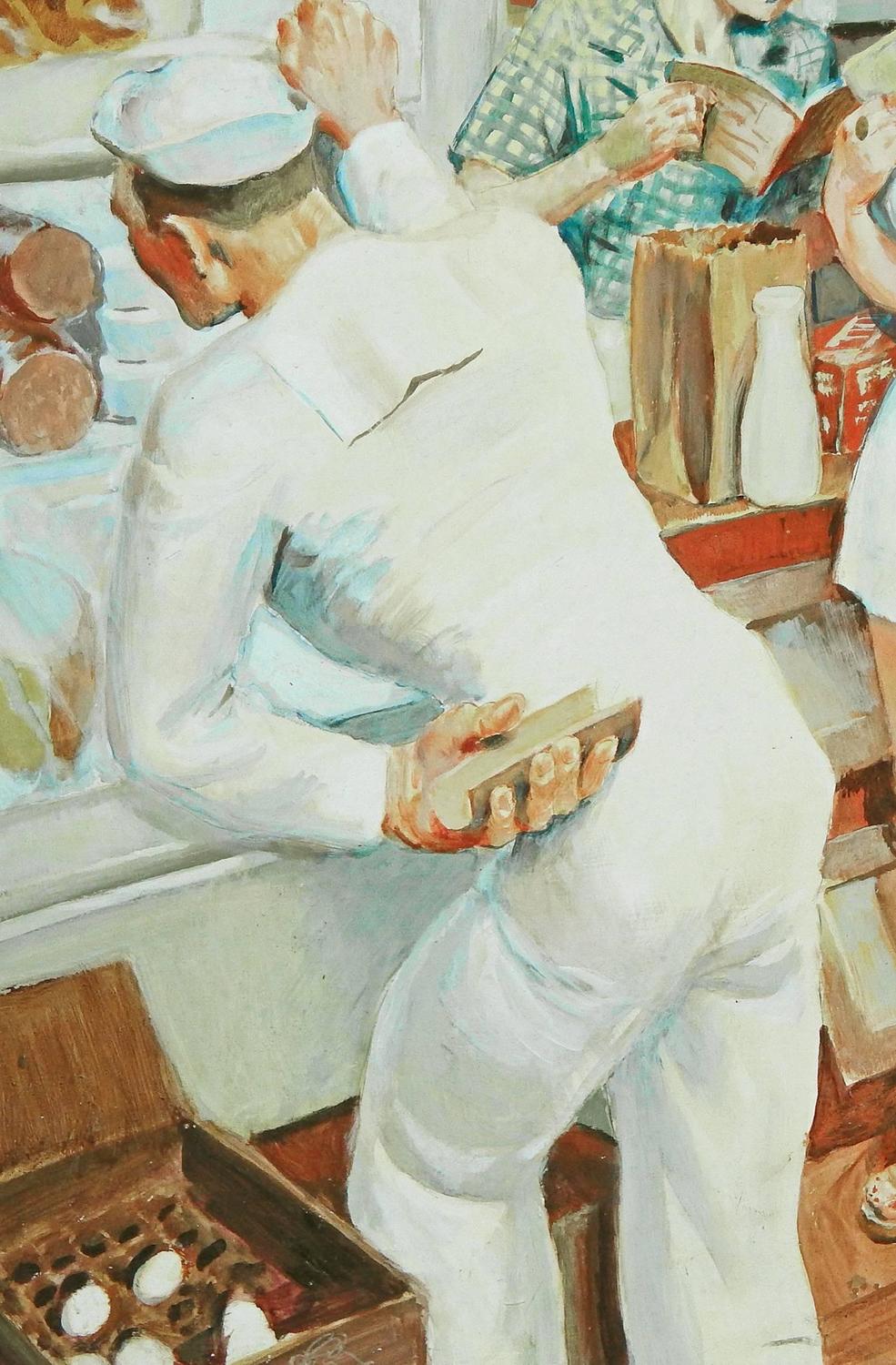Table of Content
It still controlled 23 million people, of whom 17 million were in modern-day Turkey, three million in Syria, Lebanon and Palestine, and 2.5 million in Mesopotamia (modern-day Iraq). Another 5.5 million people were under nominal Ottoman rule in the Arabian peninsula. The war damages amounted to about 113% of the GDP of 1913, chiefly the destruction of productive capital and housing. The national debt rose from 66% of GDP in 1913 to 170% in 1919, reflecting the heavy use of bond issues to pay for the war.
He war led to inflation and many poorer families could not afford the increase in food prices. The home front was a major aspect of World War I and played a key role in the history and significance of the war. Inflation caused rice prices to quadruple, leading to small-scale riots all across the country in 1918. The government made thousands of arrests and prevented the newspapers from reporting the riots.
History Hit Bundles
The US declared war on Germany on 6 April 1917 with only a small munitions industry, very few medium and heavy artillery pieces, and few machine guns. Shipments from the US to France would primarily be of soldiers and ammunition; artillery equipment in particular occupied too much space and weight to be economical. Administration was entrusted to local boards composed of leading civilians in each community. These boards issued draft calls in order of numbers drawn in a national lottery and determined exemptions.

The Serbian army hastily retreated west but only 70,000 made it through, and Serbia became an occupied land. Disease was rampant, but the Austrians were pragmatic and paid well for food supplies, so conditions were not harsh. Instead Austria tried to depoliticize Serbia, to minimize violence, and to integrate the country into the Empire. Nevertheless, Serbian nationalism remained defiant and many young men slipped out to help rebuild the Serbian army in exile. However, war-weariness was a major factor by 1917, even reaching the army, as soldiers were reluctant to attack—many threatened to mutiny—saying it was best to wait for the arrival of millions of Americans. On the whole, Australian commerce was expanded due to the war, although the cost of the war was quite considerable and the Australian government had to borrow considerably from overseas to fund the war effort.
Alliance Systems Before World War I - Questions and Key (Google Doc Included)
Similarly, Woodrow Wilson called on children involved in youth organizations to help collect money for war bonds and stamps in order to raise money for the war effort. Woodrow Wilson again became involved with these children as he implemented government pamphlets and programs to encourage war support through things like mandatory patriotism and nationalism classes multiple times a week. Even though war was not being fought on United States soil, children's lives were greatly affected as all of these changes were made to their daily lives as a result of the conflict. From a population of five million, 417,000 men enlisted; 330,000 went overseas to fight during the First World War.
German efforts to use its submarines ("U-boats") to blockade Britain resulted in the deaths of American travelers and sailors, and attacks on passenger liners caused public outrage. Most notable was the torpedoing without warning the passenger liner Lusitania in 1915. Germany promised not to repeat, but it reversed its position in early 1917, believing that unrestricted U-boat warfare against all ships headed to Britain would win the war even at the cost of American entry. On April 1, 1917, Wilson called for war, emphasizing that the U.S. had to fight to maintain its honor and to have a decisive voice in shaping the new postwar world.
Austria-Hungary in World War I - Questions and Key (Google Doc Included)
For a long stretch of the war it was very difficult, especially buying meat and that sort of thing. At the beginning we had very little shortage, because we had plenty of food. I remember it was something very dark and very… it didn’t taste like bread at all.
Munitions worker Thomas Peck was motivated to join the army by the propaganda he heard. My mother put us to bed and there was a lot of banging away and I called out to my mother, ‘Mum! ’ She said, ‘Oh, don’t be silly,’ she said, ‘it’s only the boys, they’ve got some ladders at the back.’ So of course, I believed her.
Clydeside shipyards and the nearby engineering shops were the major centers of war industry in Scotland. In Glasgow, radical agitation led to industrial and political unrest that continued after the war ended. World War I affected children in the United States through several social and economic changes in the school curriculum and through shifts in parental relationships. For example, a number of fathers and brothers entered the war, and many were subsequently maimed in action or killed, causing many children to be brought up by single mothers.

In 1919, personal and corporate taxes combined accounted for only 3.4 percent of total federal revenues. Most Canadians paid no tax at all, and those who did pay, paid very little. But the war cost vast amounts of money, demanded enormous supplies of people, goods, and services, and placed great stress on wages, prices, and many areas of home front activity. In mobilizing support for the war abroad while attempting to ease or manage its effects at home, the federal government became increasingly involved in the lives of Canadians, usually with great reluctance and not always with success. The war ended the very heavy death toll, which saw 615,000 of Serbia's 707,000 soldiers killed, along with 600,000 civilian dead. Serbia achieved its political goals by forming the new Kingdom of the Serbs, Croats, and Slovenes in 1918.
This person had a sack of flour which she put into her bath and kept it and boasted about that. Well, the consequence was, that flour got little maggots and it was no use to her. I know that several people – my mother included – said it serves her right for trying to… If she’d shared it out, it would’ve been much better.
The colonial government of India supported the war enthusiastically, and enlarged the British Indian army by a factor of 500% to 1.4 million men. It sent 550,000 overseas, with 200,000 going as laborers to the Western Front and the rest to the Middle East theatre. Only a few hundred were allowed to become officers, but there were some 100,000 casualties.

No comments:
Post a Comment